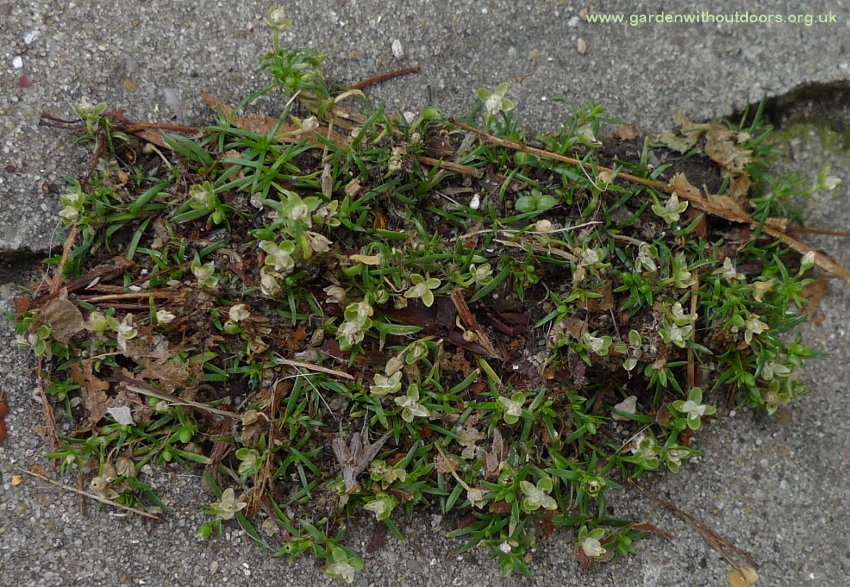If you would like to see some of these Pavement Plants, please join me for a walk around part of Camden on Sunday September 12th at 10:00 am, meet in Camden Gardens, NW1 (junction of Kentish Town Rd, Camden St, Hawley Rd). We'll be finishing with some simple sketching activities. Email for more info julie@gardendwithoutdoors.org.uk.
Verbena
In the ten years I've been observing urban wild plants I've never seen verbena so I was surprised to see it this morning (August 30th) on a pavement locally. Unfortunately these photos are a bit out of focus but I will go back and try to take better ones.
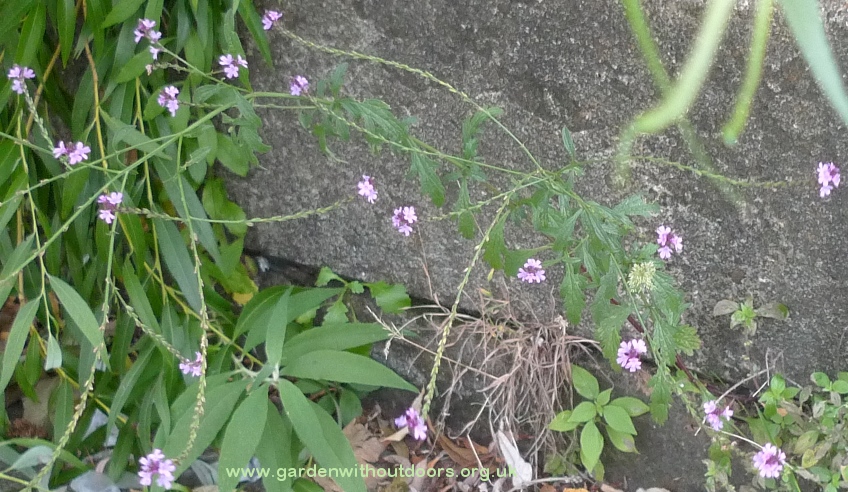
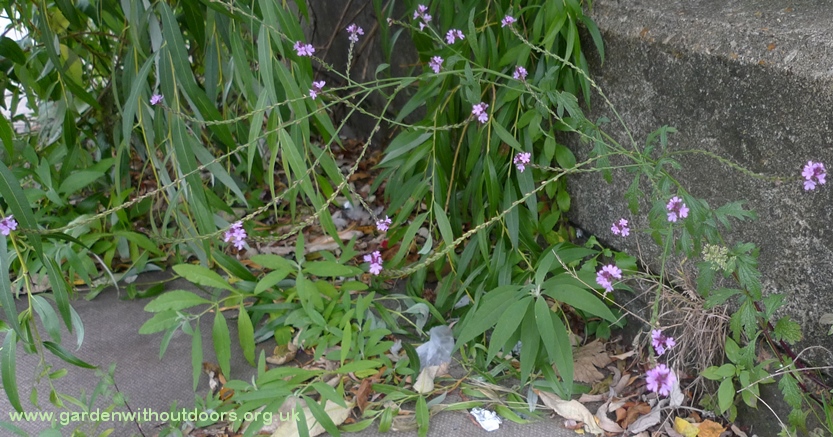
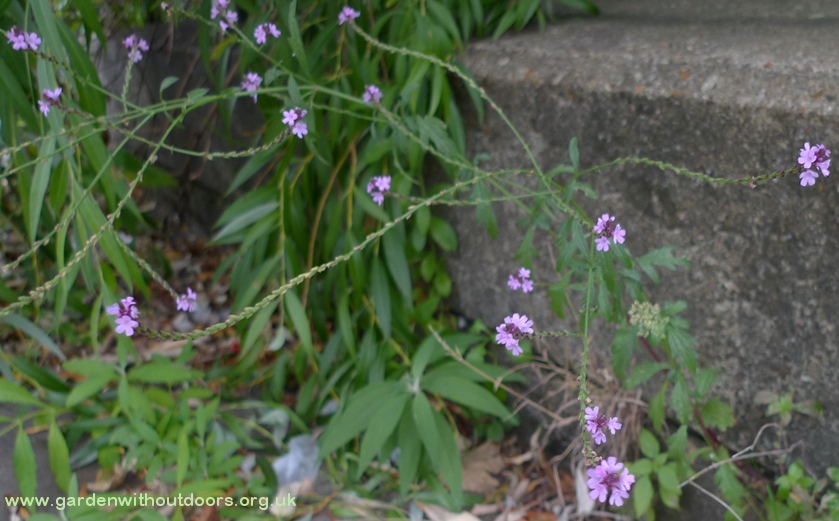
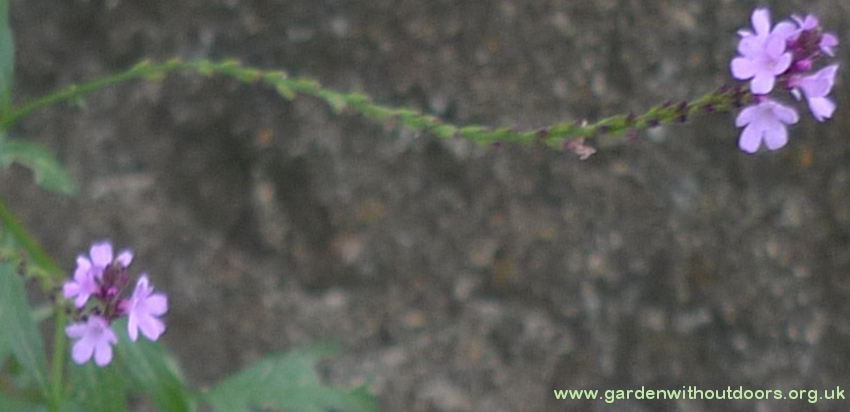
smooth sow thistle
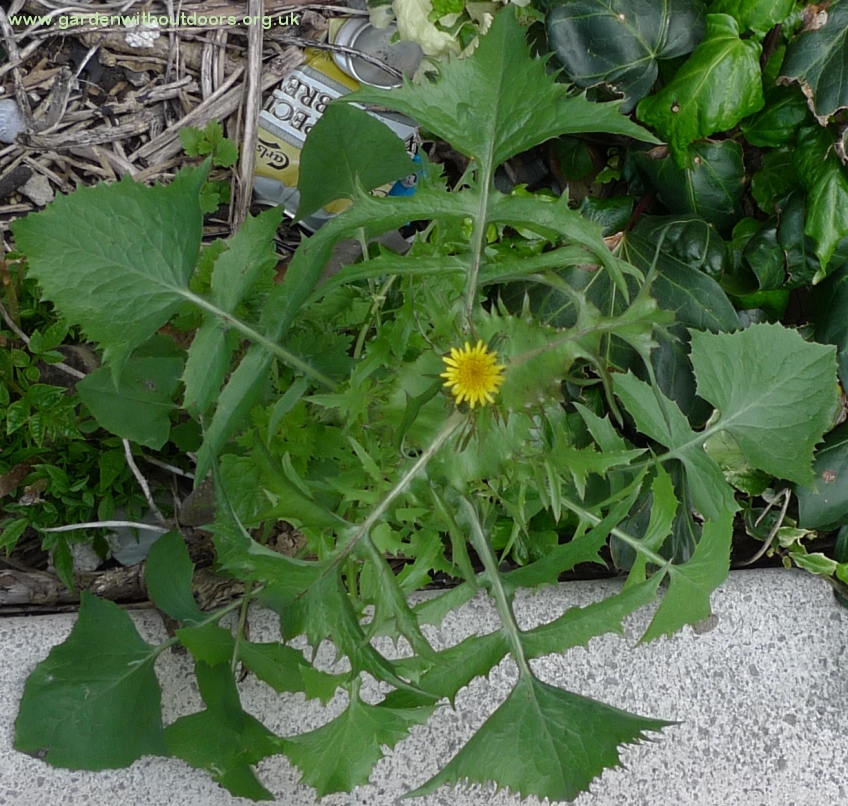
the smooth sow thistles have found this area most conducive to growing large and exuberant
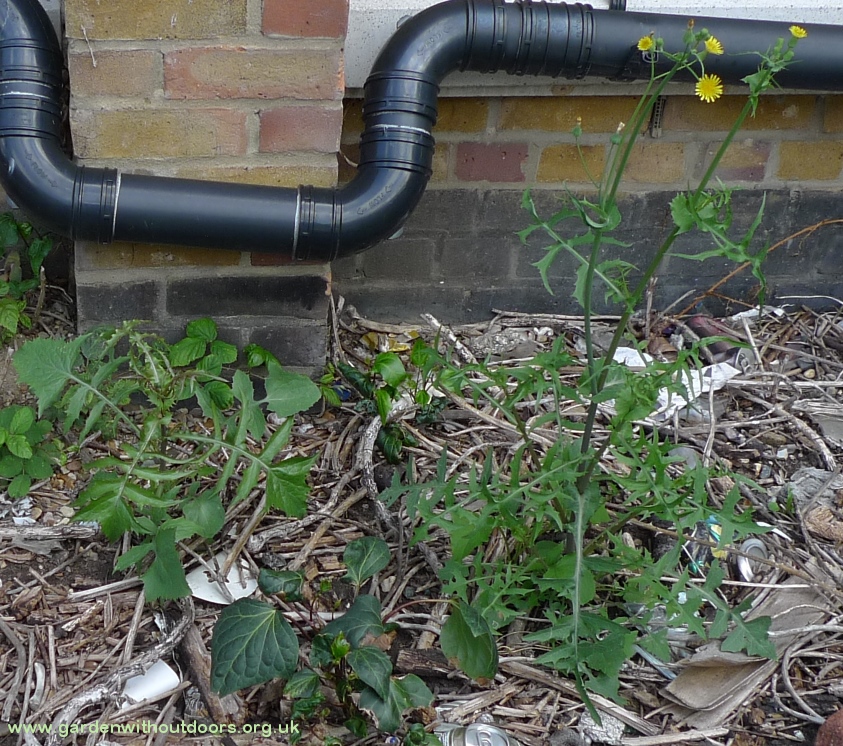
wall lettuce
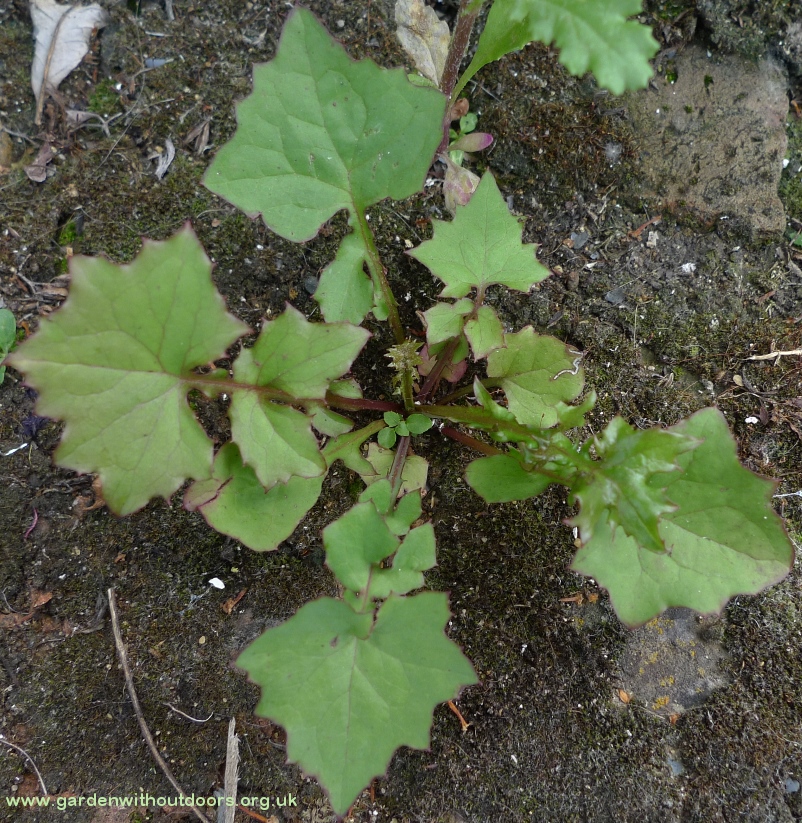
a surprising plant in the pavement crack, common hogweed (Heracleum sphondylium)
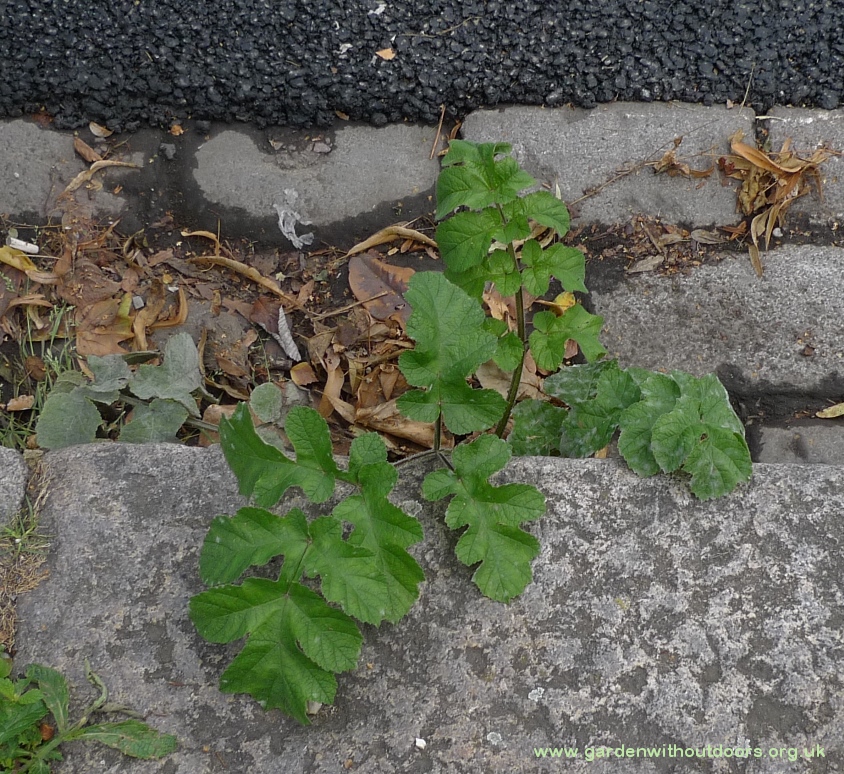
lots of verbena bonariensis near the hogweed - a more usual self-seeder
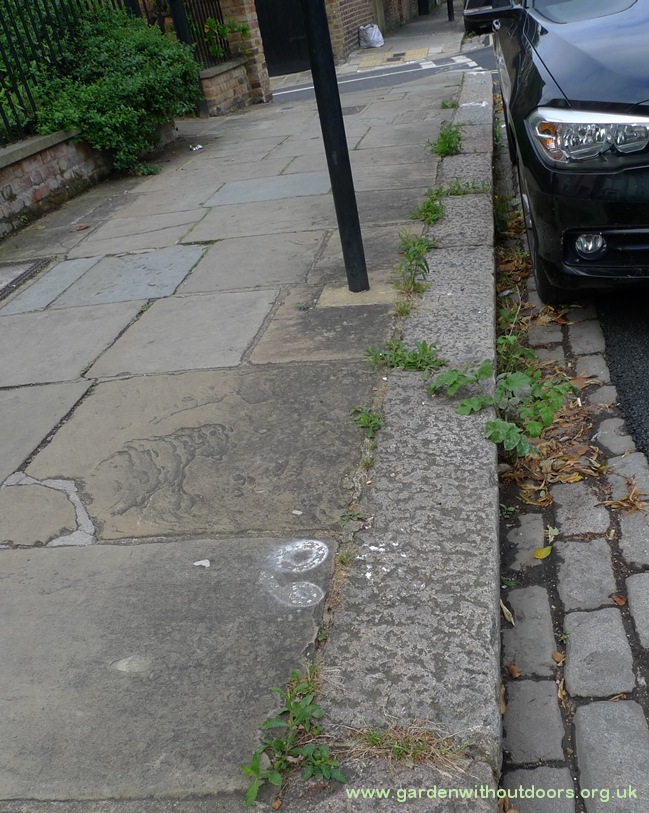
tutsan (Hypericum androsaemum)
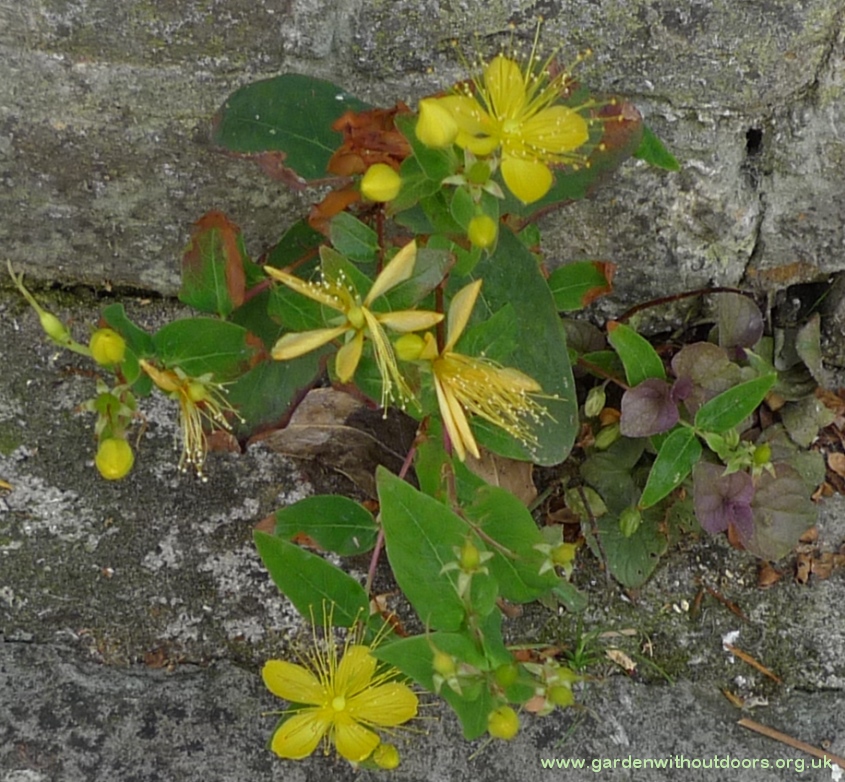
nemesia, garden escapee I presume
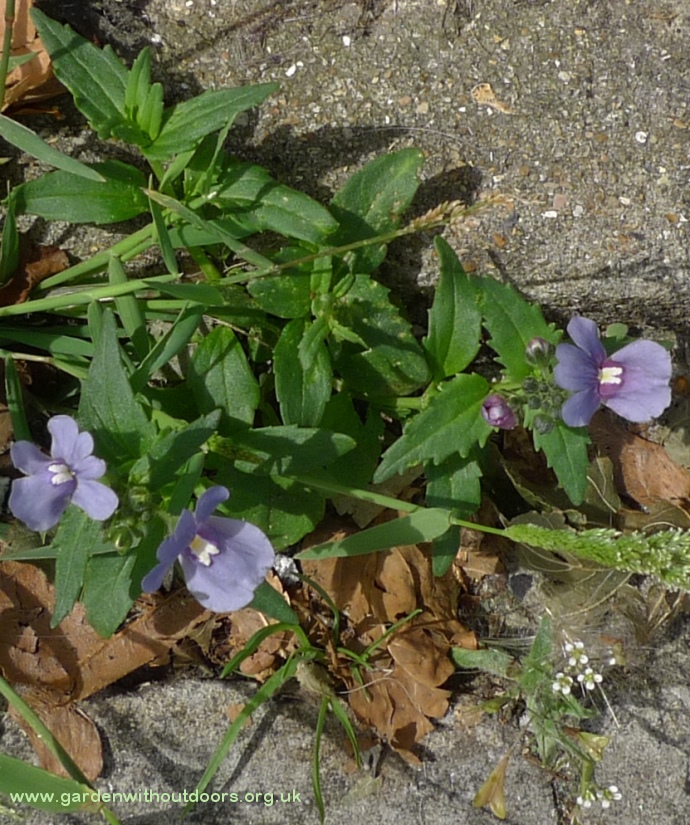
2 spectacular persicaria maculosa plants, just growing in cracks
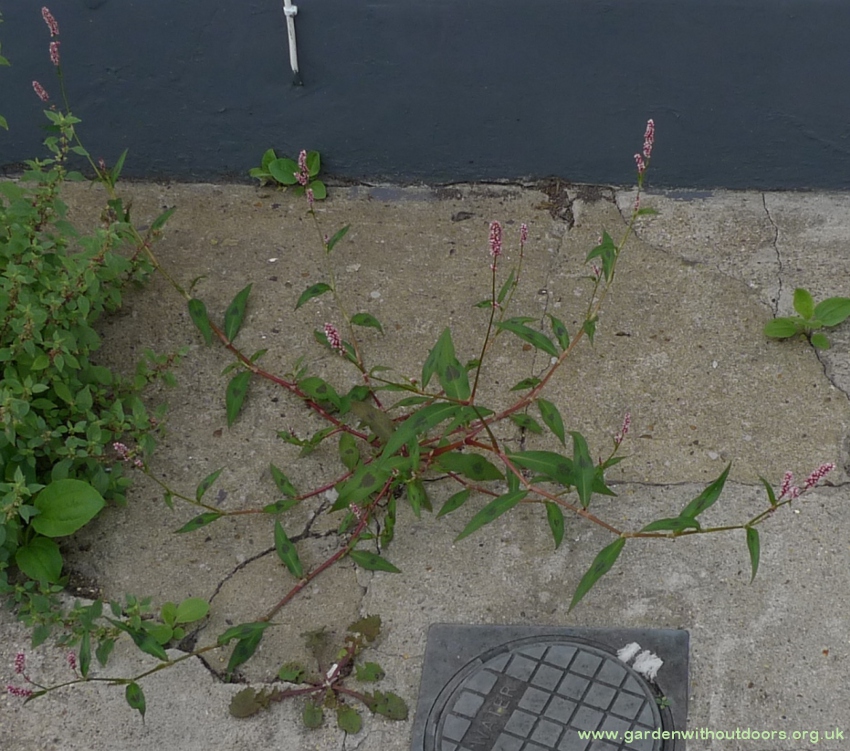
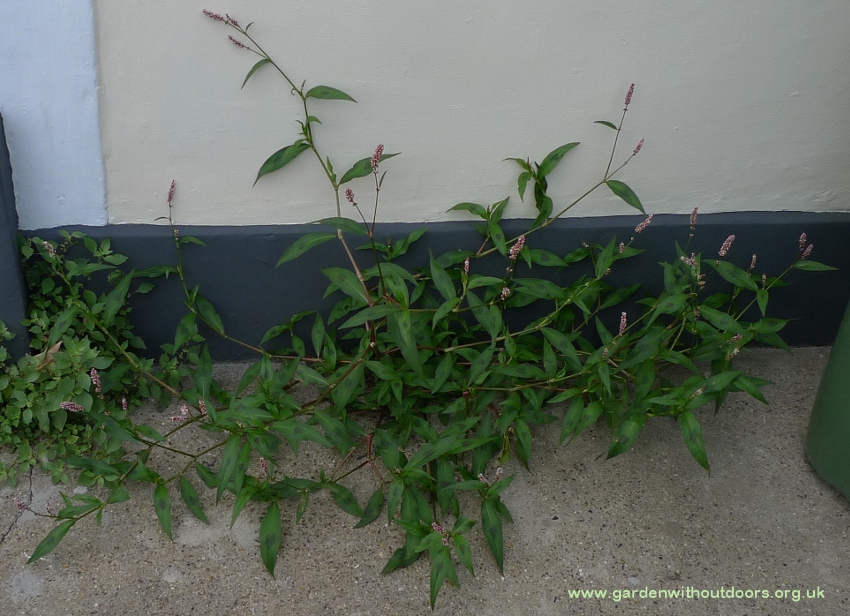
and another, must be the time of year for persicaria
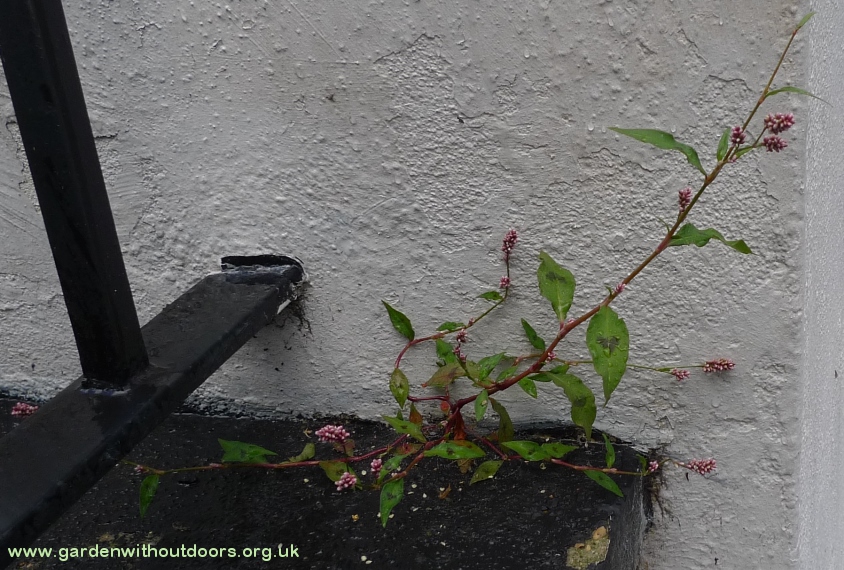
annual wall rocket
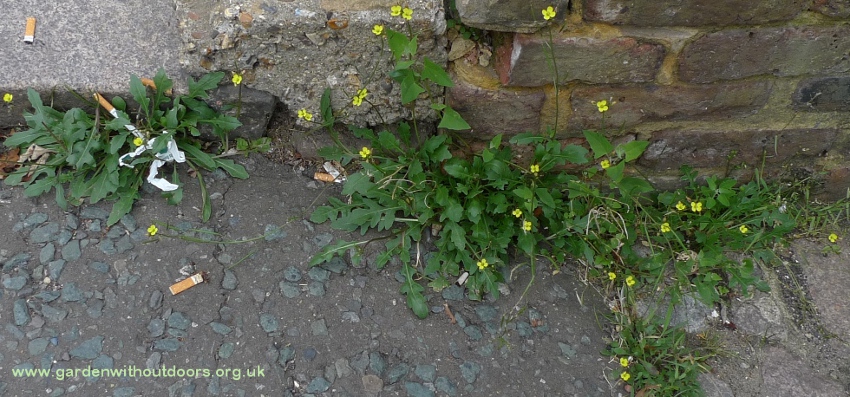
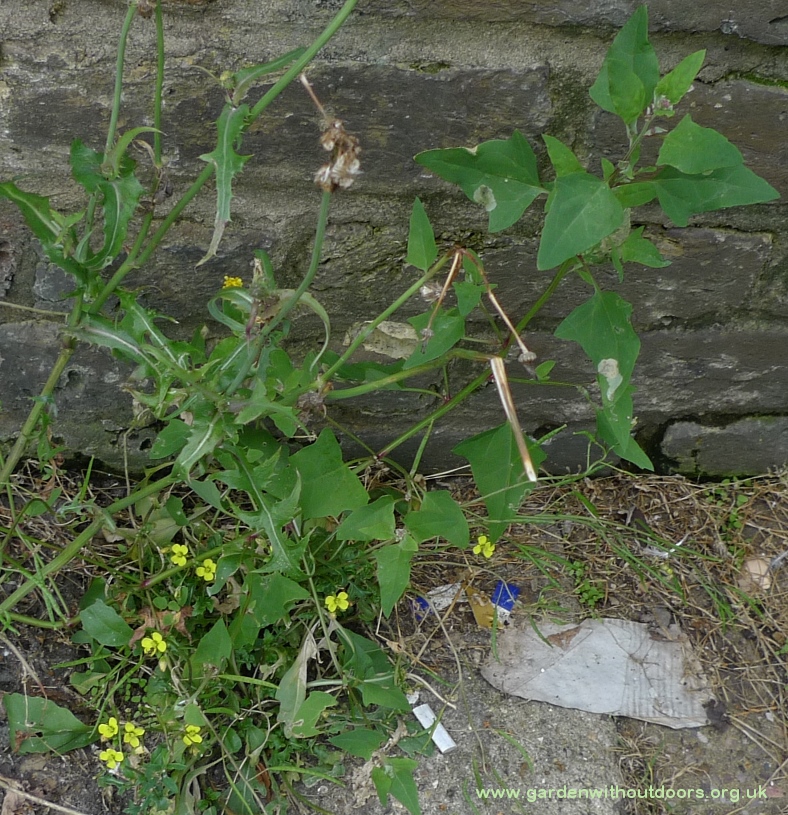
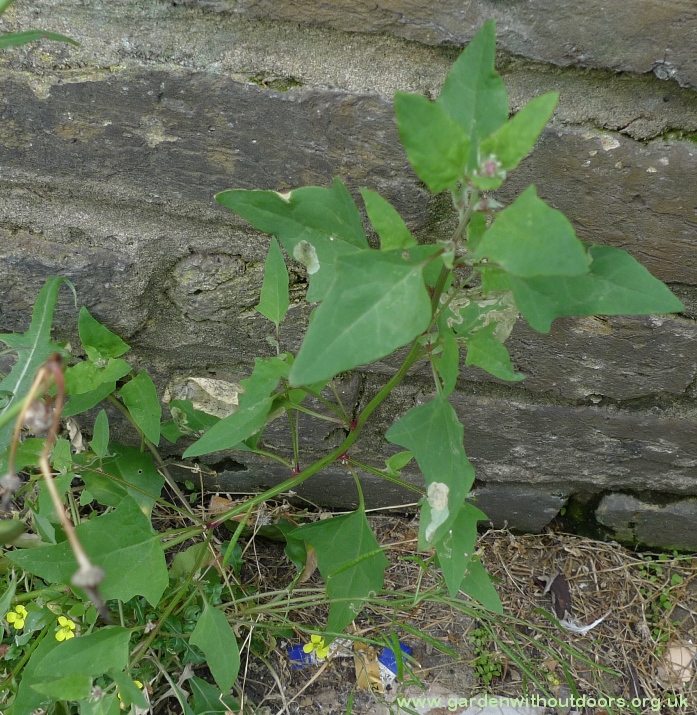
hairy bittercress early rosette
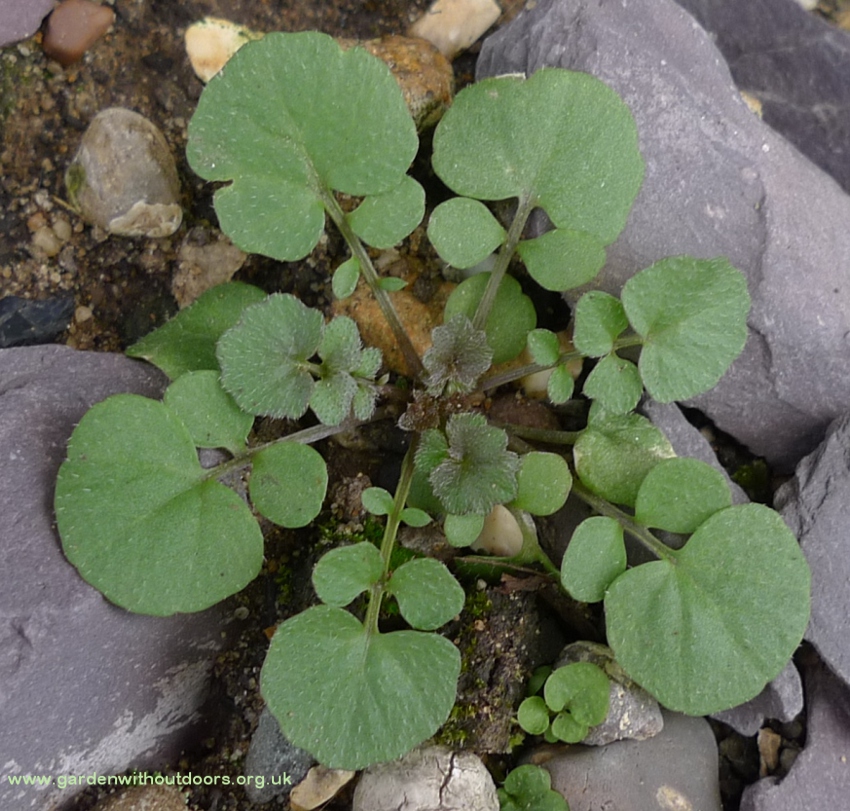
yarrow rosette
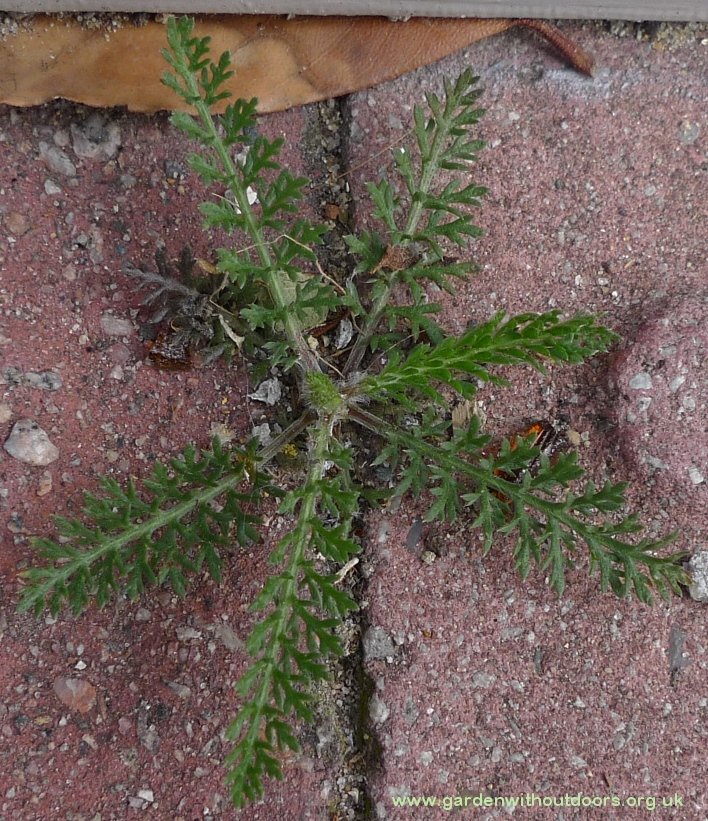
I'm seeing lots of chenopodiums at this time of year
tree spinach
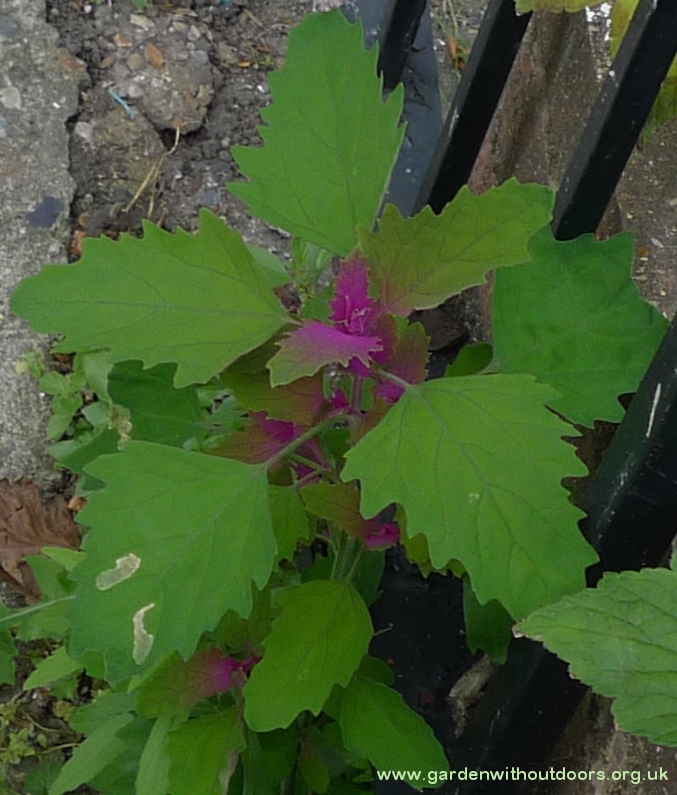

marsh yellow-cress' fat sausage fruits and shepherd's purse heart-shaped fruits
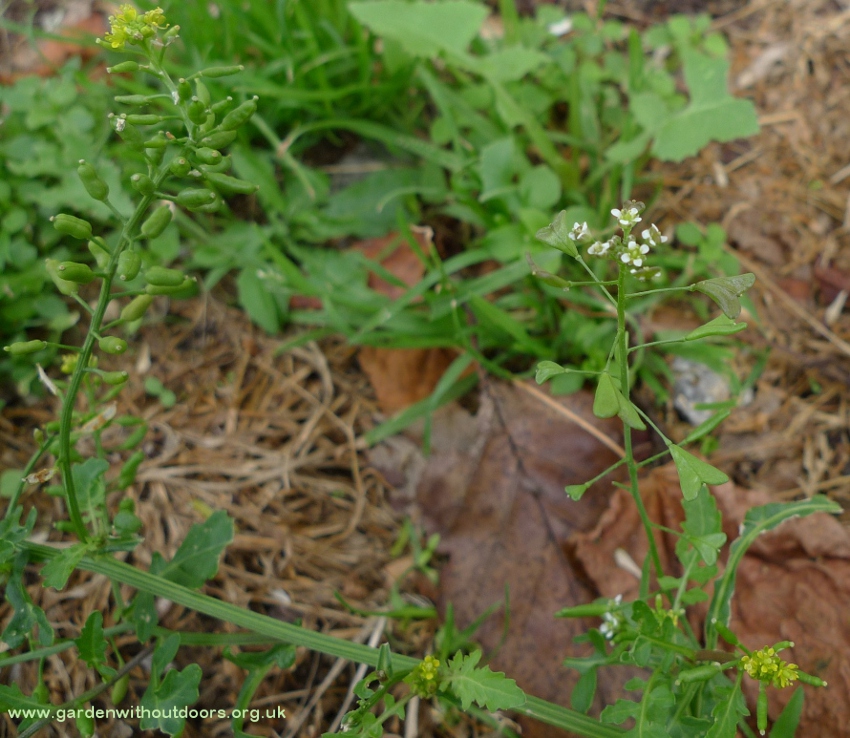
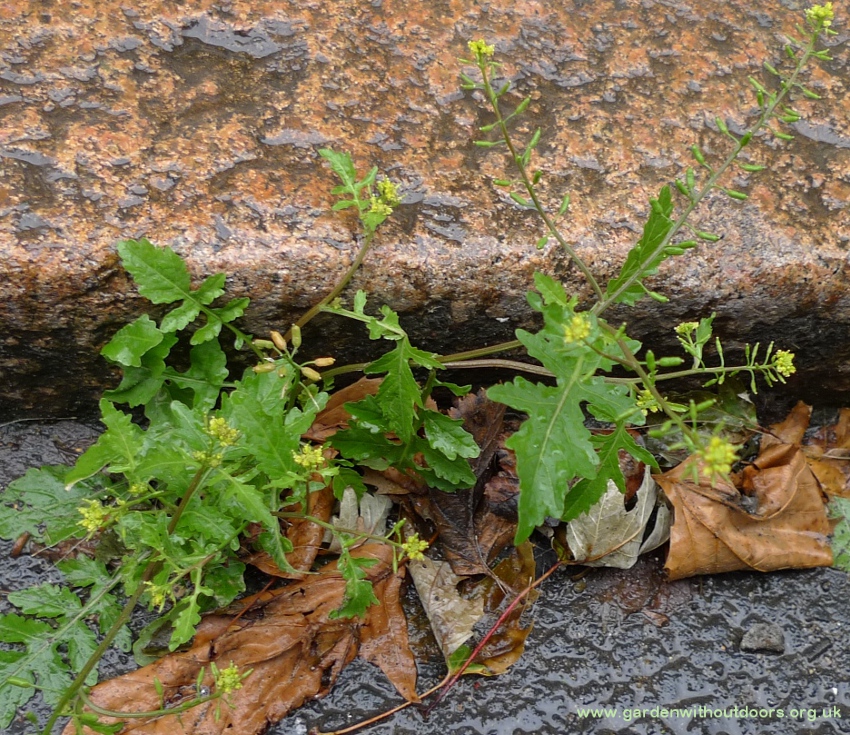
a small shepherd's purse on the right, not sure what the small plant on the left it, must keep an eye on it
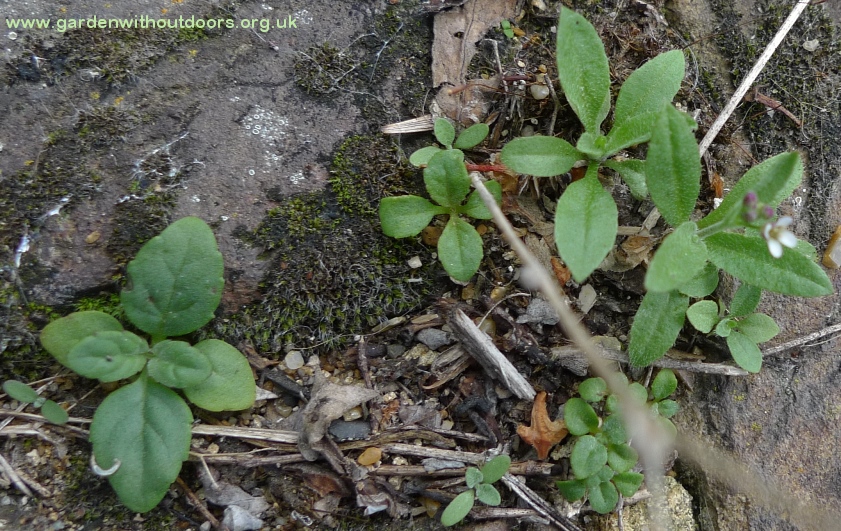
small shepherd's purse rosette
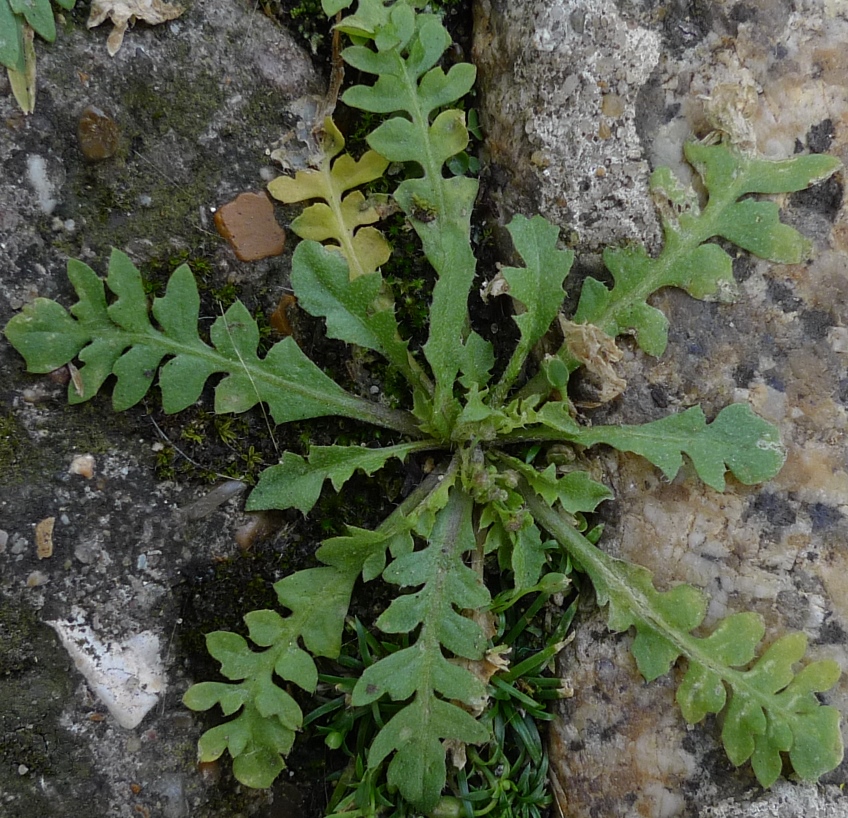
large shepherd's purse possibly? rosette - update 2022 turned out to be a dandelion, see heterophylly -
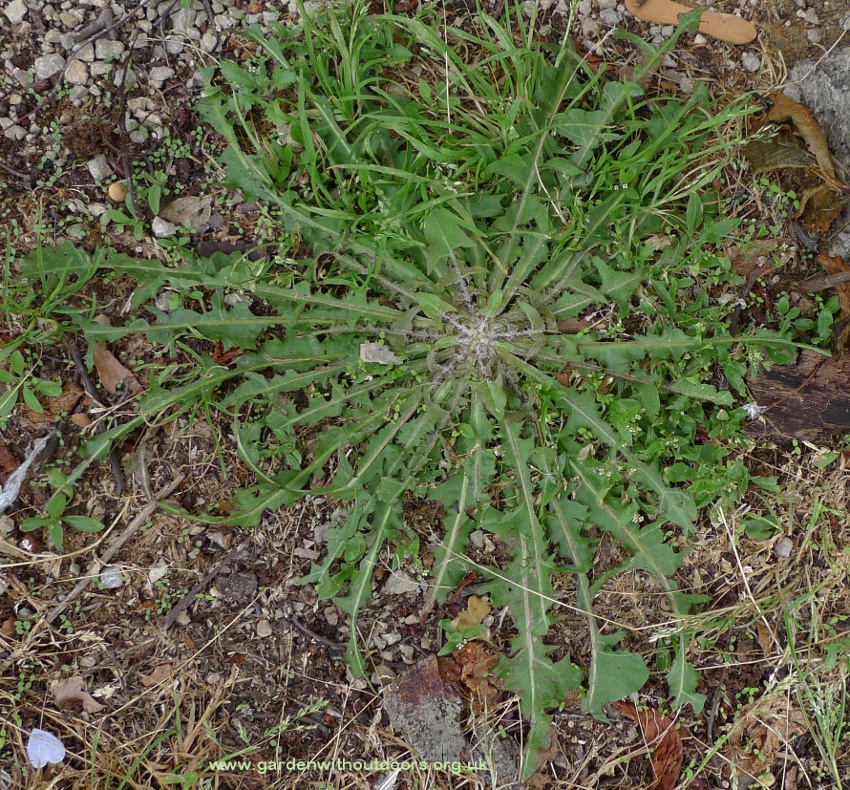
great hairy willowherb (and ragwort or Oxford ragwort)
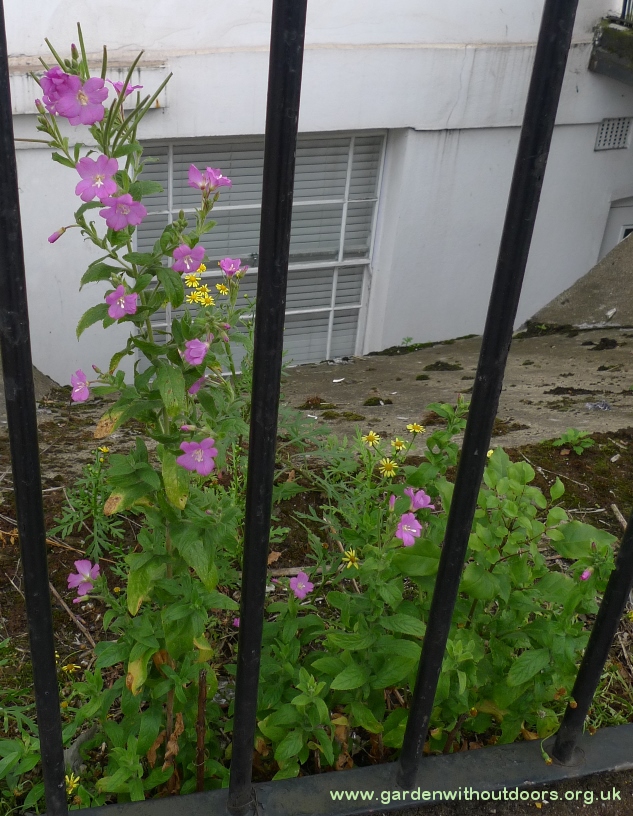
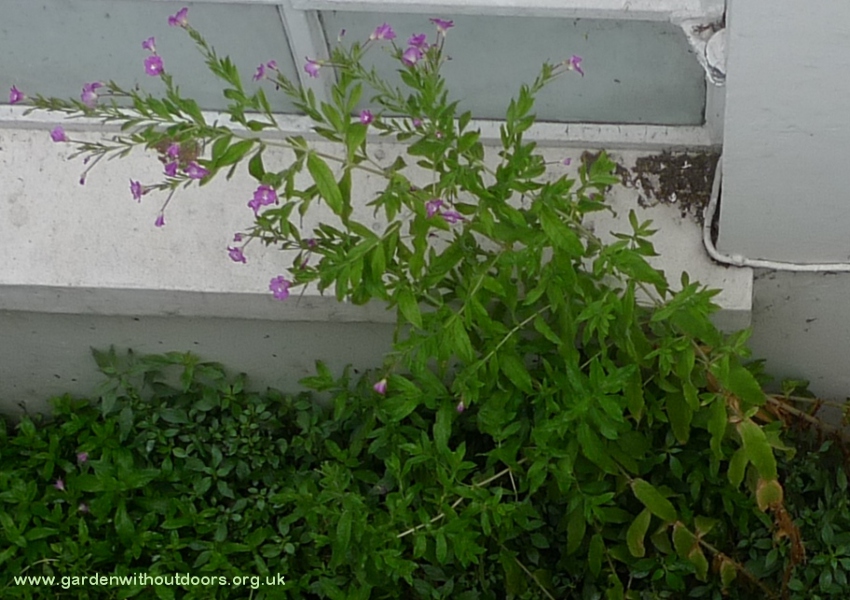
procumbent pearlwort
